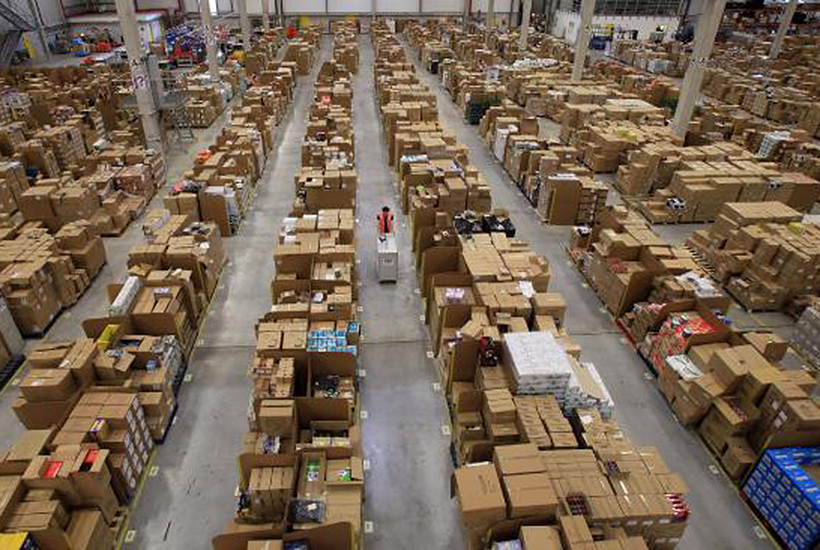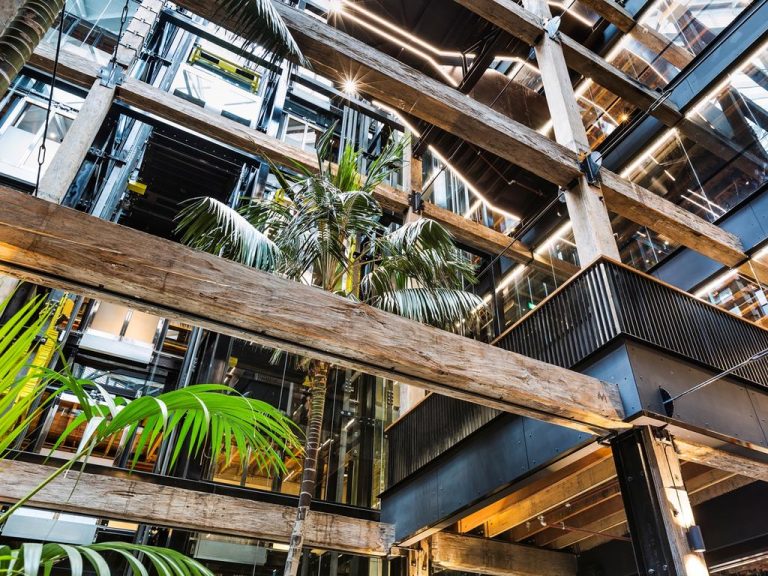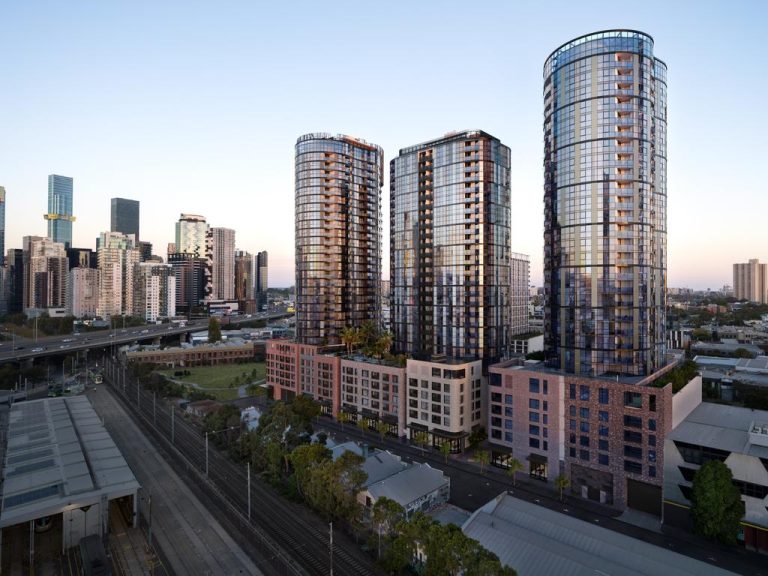Online shopping returns a boon for industrial property

Anyone who’s ever bought something online knows it can be a bit hit and miss, so it’s possible you’ve also experienced the flip-side of online sales: online returns.
While annoying for the consumer, and logistically difficult for the retailer, some are capitalising on those unwanted purchases. With The New York Times reporting return rates for online retailers run at 30% on average, the so-called “return economy” is rapidly emerging from the shadows of e-commerce and turning into a big business in its own right.
It’s a sector fuelled by reverse logistics operators who specialise in collecting, checking and returning goods bought online.
Commercial Insights: Subscribe to receive the latest news and updates
But their business extends beyond collecting unwanted online purchases. Returns are complex and involve sophisticated operational and project management expertise, in addition to logistics.
According to the Australian Bureau of Statistics, more than $20 billion a year is spent online, and this figure is growing. This translates to more than $6 billion of goods returned each year and it is estimated the size of the returns market could grow to more than $15 billion a year by 2025.
Online returns create a complex logistic challenge for retailers, but they also create an opportunity for differentiation.
The knock-on effect for the real estate sector is the same: online returns require supply chain networks to be enhanced, which means more warehouses and distribution centres will need to be established to support the reverse flow of inventory.
The experience of returning online goods varies wildly, but our research into the online retail experience found 63% of consumers rate returning goods as the most negative aspect of online shopping.
The time lost going to post offices and other mail outlets to send back goods was the biggest pain for consumers, who want return locations less than 1km from their home or workplace.
So it is to be expected that online businesses that can address this experience and turn it into a positive can gain a competitive advantage.
Some online retailers are already ahead of the curve by providing free pick-up of goods or prepaid return postage bags as a standard part of their service.
It’s easy to assume the growth of online retail could negatively affect bricks-and-mortar retailers (and the commercial real estate sector that sits behind them), but it’s actually providing interesting opportunities.
The experience of returning online goods varies wildly, but our research into the online retail experience found 63% of consumers rate returning goods as the most negative aspect of online shopping.
As retailers who do returns well are in the minority, innovative new returns-focused businesses are emerging to help online retailers and logistics firms pick up returned items to provide a more frictionless, convenient customer-returns experience.
For instance, in the US a business called Happy Returns has set up return booths in major shopping centres. This has a positive flow-on effect for shopping centres, resulting in higher foot traffic thanks to shoppers attending their centres to drop off unwanted goods.
While some e-tailers have outsourced the returns process, others are rapidly expanding their logistics capabilities to ensure they meet consumer expectations. Either way, the knock-on effect for the real estate sector is the same: online returns require supply chain networks to be enhanced, which means more warehouses and distribution centres will need to be established to support the reverse flow of inventory.
Rising commercial rents, especially for logistics facilities, will also help support growth and we believe the growing returns market will influence the way we design and build our facilities in the future, and could create demand for more than two million square metres of logistics space between now and 2025.
Logistics facilities are evolving into retail commercial infrastructure and returns will be increasingly important as the e-tail industry continues to grow.
Luke Dixon is head of real estate research at AMP Capital.
This article originally appeared on www.theaustralian.com.au/property.







